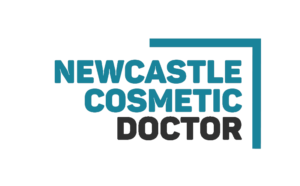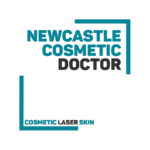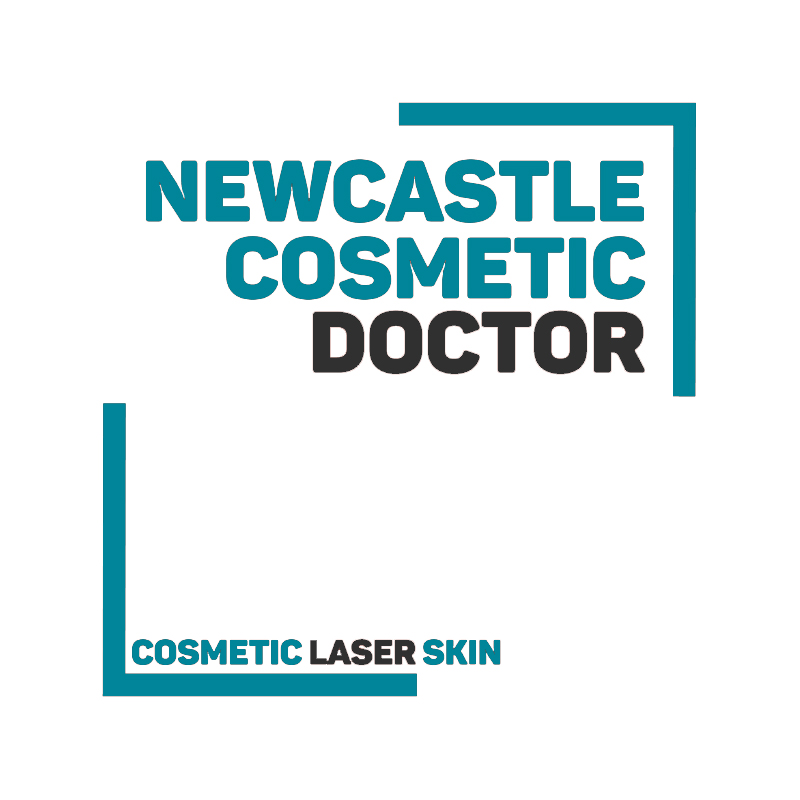Cause / Mechanism
Ocular injury from medical/cosmetic lasers occurs when beams directly or indirectly enter the eye. Nd:YAG 1064 nm penetrates deeply and may cause retinal burns; 532 nm causes photocoagulation of retina; Er:YAG 2940 nm primarily absorbed in cornea. Causes include absent or incorrect eyewear, reflections from instruments/jewellery, patient eye shields displaced, or operator error. 1 2
Risk Factors
- Patient: periocular treatments (eyelids, tear troughs), uncooperative movement, poor eye shield fit.
- Staff: inadequate or incorrect protective eyewear optical density (OD).
- Device: misaligned aiming beam, accidental discharge.
- Environment: reflective surfaces, poor signage/access control. 1 3
Signs & Symptoms
- Corneal: pain, tearing, foreign body sensation, photophobia.
- Retinal: photopsia (flashes), scotoma (dark spot), blurred or lost vision.
- Eyelid/Periorbital: erythema, swelling, burns.
- All exposures are considered serious and vision-threatening until excluded. 4 5
Prevention
- Mandatory wavelength-specific eyewear for all in the room (patient, operator, assistants). 1
- For periocular treatment: use approved intraocular metal corneal shields or external goggles.
- Secure shields with lubricant; check fit before arming laser.
- Cover reflective surfaces; display Class 4 laser warning signage.
- Operator must confirm eyewear OD against laser wavelength before each use. 2 5
Management Protocol
Immediate Actions:
- Cease laser firing immediately.
- Do NOT attempt to self-treat eye beyond irrigation for chemical contaminants.
- Keep eyewear/shield in place if protective (unless dislodged). 5
Acute Care:
- Arrange urgent same-day ophthalmology review for all suspected exposures.
- Document laser wavelength, pulse, fluence, distance, and exposure duration.
- If corneal burn suspected: cool compress only until reviewed (avoid further topical agents unless specialist-directed). 4
Serious Injury:
- Retinal burns: irreversible; urgent retinal specialist care may reduce sequelae.
- Corneal burns: require ophthalmic intervention; risk of scarring or vision loss. 5
Follow-up & Documentation
- Complete incident report with all laser parameters.
- Record patient consent status and discussions post-incident.
- Notify SafeWork NSW if significant injury.
- Review and re-train staff in eyewear protocols.
- Service device if malfunction contributed. 6
Sources
- AS/NZS 4173:2018 Safe use of lasers and intense light sources in health care., viewed 7 October 2025, https://www.standards.org.au ↩︎
- ARPANSA. Advice for providers: Lasers, IPL and LED for cosmetic purposes., viewed 7 October 2025, https://www.arpansa.gov.au ↩︎
- SafeWork NSW. Information on lasers in workplaces., viewed 7 October 2025, https://www.safework.nsw.gov.au ↩︎
- UNSW Safety. Laser safety hazards (ocular injuries)., viewed 7 October 2025, https://safety.unsw.edu.au ↩︎
- RANZCO. Laser Safety Protocol and guidance on ocular exposures., viewed 7 October 2025, https://ranzco.edu ↩︎
- Ahpra (2025). Guidelines for practitioners performing non-surgical cosmetic procedures., viewed 7 October 2025, https://www.ahpra.gov.au ↩︎


